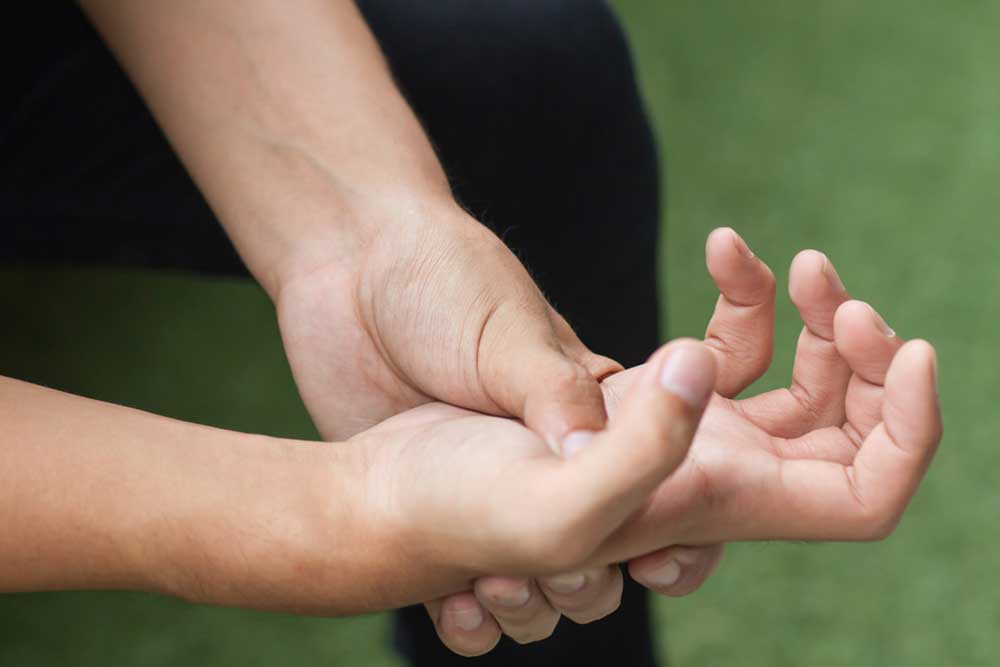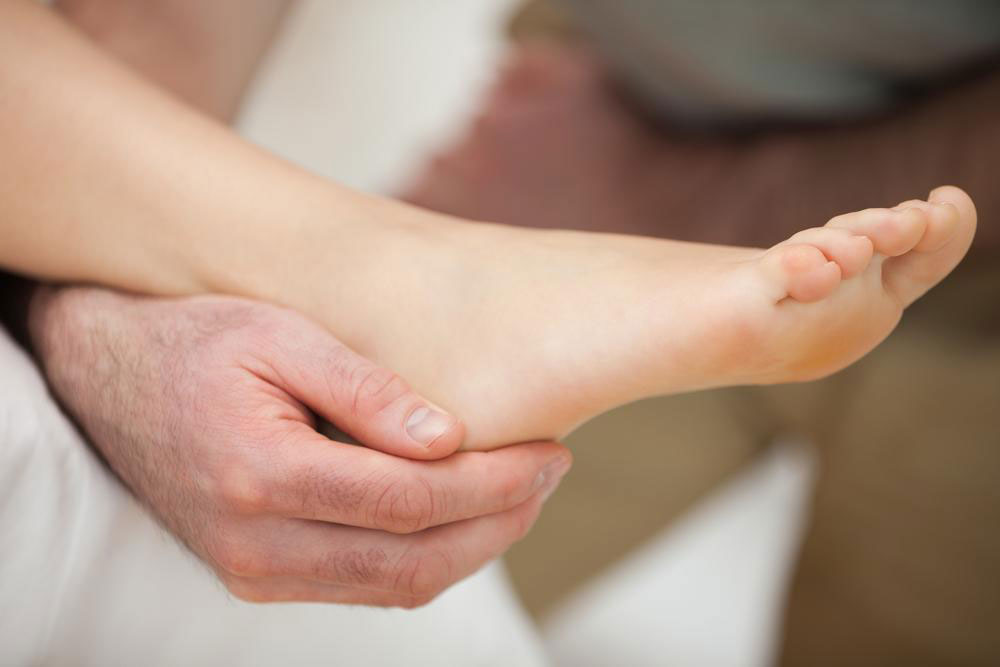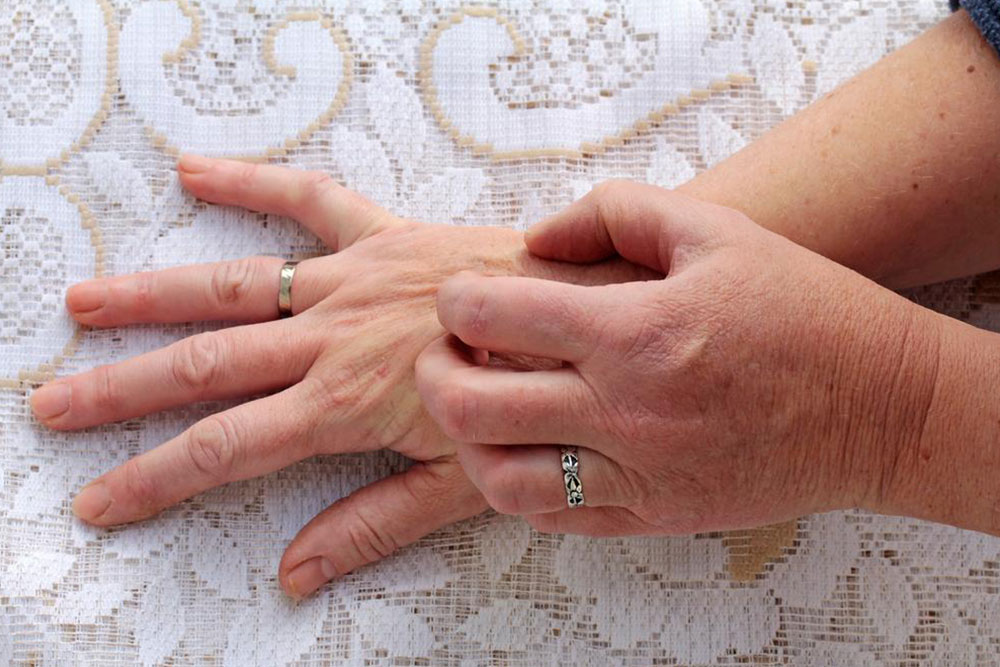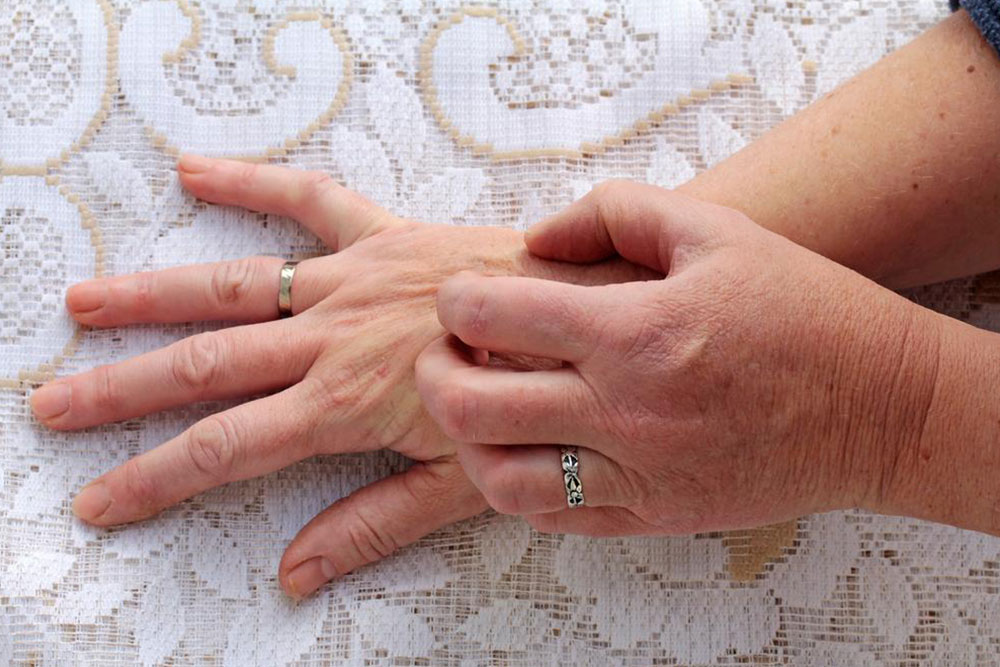Understanding Dupuytren's Disease: Causes, Symptoms, and Treatments
This article offers a comprehensive overview of Dupuytren's disease, including its symptoms, causes, risk factors, diagnosis, and treatment options. It highlights the importance of early recognition and management to improve hand function, especially in older adults. While there is no cure, various therapies can aid in symptom relief, and awareness of risk factors can aid prevention.

Overview of Dupuytren's Disease
Dupuytren's disease is a condition characterized by thickening and tightening of the fascia beneath the palm and fingers, mainly affecting older adults. This process leads to the development of nodules under the skin, forming cords that pull the fingers inward, preventing them from fully extending. Typically, the ring finger is most affected. The condition, known as Dupuytren's contracture, hampers hand function and daily activities.
Signs and Symptoms
Early on, patients notice tender lumps under the skin, which can progress into firm bands that restrict finger movement. Visual cues include small dimples or bumps resembling calluses. About half of cases involve both hands, and some individuals also experience similar issues in toes.
Causes and Risk Factors
While the exact cause remains unclear, research suggests links to previous hand injuries or surgeries. Risk factors include being male over 40, having northern European or Scandinavian ancestry, family history, diabetes, seizures, or alcohol use.
Diagnosis
Doctors typically diagnose based on physical examination, noting signs like dimples, thickened skin, or bent fingers. The tabletop test, where patients flatten their hand on a surface, helps confirm the diagnosis if fingers cannot lay flat.
Available Treatments
Currently, no definitive cure exists for Dupuytren's disease. Treatments focus on improving finger mobility, often through procedures like needle aponeurotomy, enzyme injections, or surgery to remove the cords. For mild cases without pain, home remedies such as stretching and wearing gloves may help manage symptoms.
Disclaimer:
This blog provides useful information based on research but should not replace professional medical advice. Readers are encouraged to consult healthcare professionals for diagnosis and treatment options, as information may vary or change over time.










